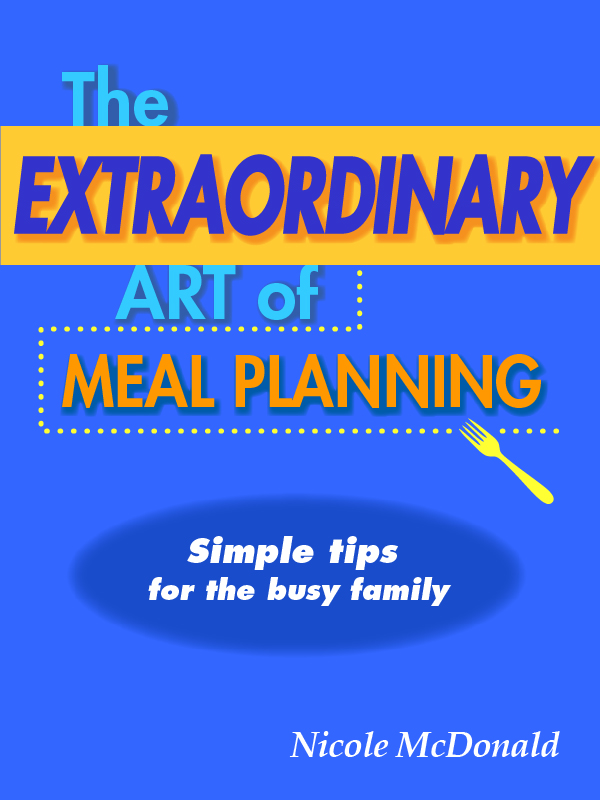A few weeks ago I outlined the steps to budgeting. This week I will discuss step #4, how to plan your budget. By this point you should have an idea of how much you are currently spending. Now, it’s time to organize your spending and budget. This is the most crucial step to budgeting and often requires the most will power to follow through with the new budget plan.
* Subtract current spending from income. Do you have a budget surplus or deficit? If you have a deficit, you need to take immediate action to decrease spending. How much of a surplus do you need or want to pay off debt, invest and save? This will give you a guideline of how much money you have available for bills and consumption.
* Separate set monthly bills and flexible spending and organize on a spreadsheet. List all the categories on your budget that will remain the same amount month after month and must be paid, like mortgage or rent, insurance, utilities, car payment, phone etc. Below that, list all other items that are consider more flexible, like groceries, entertainment, clothing, cable, gas, eating out, etc. For the purpose of reducing spending we are more concerned with the flexible spending where cuts can be made. I will discuss specific ways to reduce spending next week. If your set monthly bills still exceed your income, I would recommend finding ways to earn additional income.
* Set financial goals. How quickly do you want to pay off debt? How much do you want to invest? Save? I always recommend that you pay yourself first every time you get a paycheck. Make saving a priority. Most financial experts recommend 10% every month. Obviously, the more the better, but the really important thing is that you set something away for savings, even if it’s only $10 per paycheck. If you do not have an emergency fund with 3 months living expenses set aside already, make this a savings goal for your family. An emergency fund will allow you more flexibility and help you avoid financial ruin when you need a costly car or home repair or medical attention.
* Develop a spending plan and review it with the family. Now that you determined your income, how much you spend and your financial goals, put it all on paper. I recommend using a spreadsheet to categorize your spending and to keep track of the monthly amount allotted for each category. You may realize to meet your goals you will need to make cuts in spending. Review the budget to determine where reductions can be made. This will also be the feature of next week’s edition to help you generate ideas of how to decrease spending.
* Implement the new budget. Start now to control spending. To stay within budget, my family keeps a spending sheet on the fridge and we record any purchase. This helps us keep track of our spending for that month and stay within our set budget. Some people set aside cash in separate envelopes for each spending category, like groceries, entertainment, etc. and when that money’s gone, that’s it for the month. The important thing is to start your new budget now and find a system that works best for you and your family.
Remember, a budget is an ongoing process, so you will need to track and access your spending on a regular basis. You may find you spend more than what you are budgeting for certain items and less for others. You will need to tweak the budget so that it works for you and your family.
Next Tuesday, I will continue this topic and discuss specific ways to reduce your spending.



